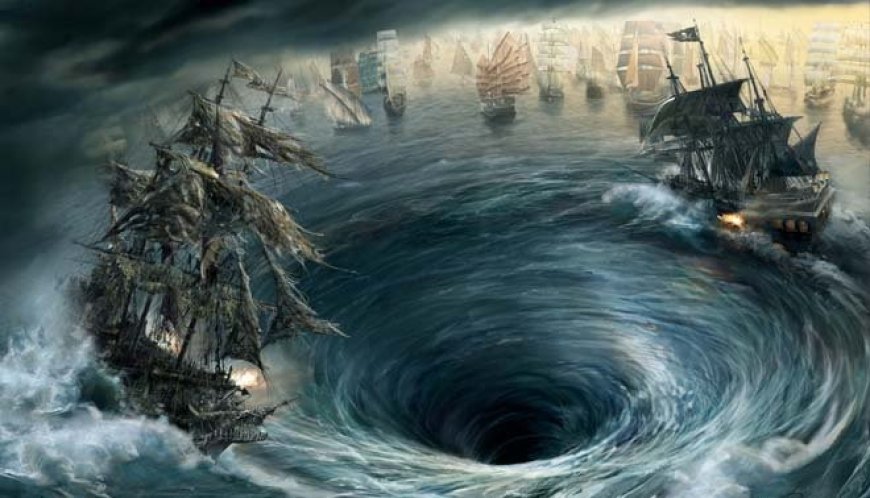Bermuda Triangle Breakthrough: Scientist Claims to Have Finally Unraveled the Decades-Old Mystery
A leading marine scientist claims to have solved the Bermuda Triangle mystery, linking rogue waves and magnetic anomalies to decades of unexplained disappearances.

For decades, the Bermuda Triangle — the enigmatic region stretching between Florida, Bermuda, and Puerto Rico — has captured public imagination with tales of vanished ships, lost aircraft, and unexplained disappearances. Now, a prominent oceanographer believes he has found a compelling explanation for this long-standing maritime puzzle, bringing science one step closer to demystifying the area.
A Mystery That Spanned Generations
Known as the "Devil’s Triangle," the Bermuda Triangle has been associated with hundreds of disappearances since the early 20th century. From the ill-fated Flight 19 in 1945 to countless missing vessels, theories have ranged from alien abductions to underwater city ruins. Yet, despite decades of speculation, no definitive cause has ever been universally accepted.
The new research, led by Dr. Jonathan Keller, a marine scientist from the University of Southampton, suggests that extreme and sudden weather patterns, combined with unique oceanic conditions, could be the key to understanding these mysteries.
The Science Behind the Theory
Dr. Keller’s findings, soon to be published in the Journal of Marine Geoscience, focus on a combination of rogue waves and magnetic anomalies. Rogue waves — massive, unpredictable ocean swells that can reach over 30 meters in height — are capable of capsizing even the largest ships in minutes. The Bermuda Triangle, he notes, lies in a hotspot where such waves are more likely to form due to intersecting weather systems from the Gulf Stream and Atlantic storms.
Additionally, the region has areas where Earth’s magnetic field behaves irregularly, potentially affecting compass navigation and aviation instruments. This could explain why pilots and sailors in the past have reported losing their bearings without any visible reason.
According to Dr. Keller, the combination of sudden extreme waves and navigational confusion could create dangerous situations where ships and planes are lost before rescue teams even know they are in distress.
Historical Patterns Reinforced by Data
One of the most striking aspects of the study is the correlation between recorded disappearances and documented weather events. In the case of Flight 19, Dr. Keller’s team discovered historical weather records indicating storm activity and unusual magnetic readings in the region on the day of the incident.
"These are not supernatural forces," Keller emphasized. "They are the combined effects of natural elements — dangerous, yes, but explainable within the realm of oceanography and atmospheric science."
For decades, the Bermuda Triangle has been fertile ground for myths. However, resources like the Smithsonian Institution have long encouraged evidence-based investigation over sensationalism, a principle that Dr. Keller’s research strongly supports.
Impact on Future Maritime Safety
This discovery has practical implications beyond solving a mystery. Shipping companies and airlines may be able to develop better navigation protocols and weather monitoring in regions prone to rogue wave activity. The U.S. Coast Guard already advises caution in the area, but more refined predictive technology could reduce the risk of similar incidents.
Maritime organizations, including the National Oceanic and Atmospheric Administration, are already exploring how this new data might be integrated into existing safety systems.
Public Fascination Remains Unshaken
While many scientists see this as a decisive step toward debunking the Bermuda Triangle’s mystique, the public fascination is unlikely to fade. The blend of fact, history, and mystery continues to fuel documentaries, books, and films, ensuring the legend remains alive even as science peels back the layers of speculation.








